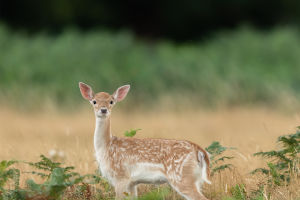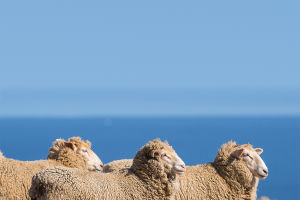Prairie Predator
Lions live in savannas and grasslands, but also in shrubs and dry forests. Carnivorous, often ambush hunting other warm-blooded animals. Distributed in African grasslands, Asia and India. The lion is a mammal of the genus Panthera, which can be divided into two subspecies, the African lion and the Asian lion.
1. Congolese lion.
Congo lions have short hair, and their body color is light gray, yellow, etc. In various places, male lions also have long manes, which are light brown, dark brown, black, etc.
Male lions have a dense dark black mane on the top, neck, and shoulders, all the way to the base of the front legs. Individuals vary by age and are yellowish, golden, and light brown.
2. Kenyan lion.
The male lion weighs 180 to 230 kilograms, has a body length of 1.8 meters, and a tail length of 0.9 meters. Female lions are smaller, two-thirds the size of male lions.
The Kenyan lion has a short and hard coat, and its body color is light gray, yellow, or brown. Male lions have a long mane that extends to the shoulders and chest.
3. Asian lion.
Asian lions were the largest of all lion subspecies before degeneration. Males of Asian lions also have long manes on their necks, but they are much shorter than those of African males.
Lion cubs are spotted and their coat is predominantly brownish-yellow. Both male and female lions have wrinkled skin on their abdomens.
Its habits:
Group life.
Lions usually live in packs, with a pride of about 8 to 30 members, with an average of 17. These often include successive generations of female lions, at least one adult male, and some growing cubs. Female lions form the core of pride, and they rarely leave their birthplace.
Territory.
Lions try to avoid encounters with other pride, and males mark territory with roars and the smell of urine.
They typically roar before the night before their hunt and before dawn to start their activities.
Prey.
Among the lions, the lionesses are the main hunters. The lioness clings to her prey as she runs, then bites the prey's neck until it suffocates to death.
Natural enemy.
The only natural enemies of lions are humans, and there are no other natural enemies. If humans start to hunt lions, they may become natural enemies of lions.
A little knowledge about lions.
1. The lion runs at a speed of up to 80 km/h.
2. They have amazing jumping power and have a record of jumping up to 11 meters.
3. Captive lions live twice as long. In the wild, the average lifespan of a lion is between 10 and 14 years. They can live up to 20 to 25 years in captivity.
4. A lion's whiskers are similar to human fingerprints, and each lion's whiskers are unique. Can be used to differentiate lion cubs.
5. The diet of lions is mainly meat, consuming 7 kilograms per day.
Such a ferocious animal is rarely seen.


